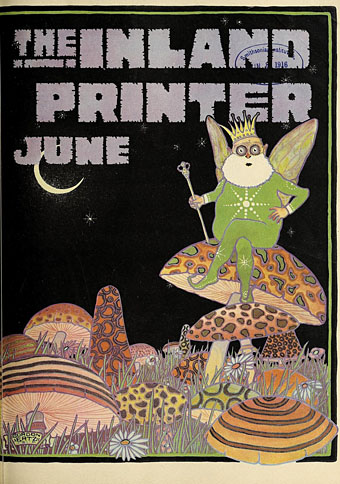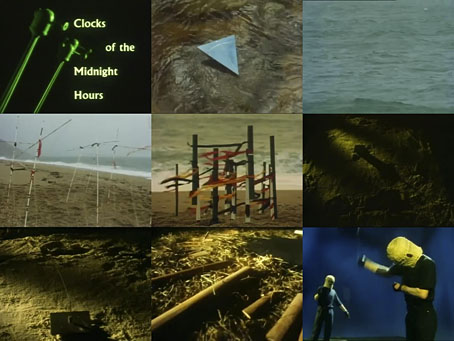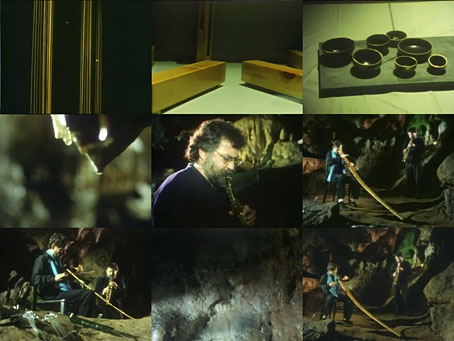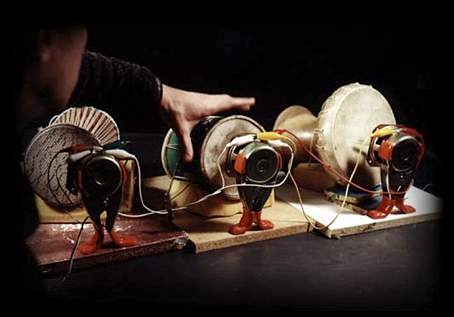Night Music One by Feuilleton on Mixcloud
Night Music I
The Hafler Trio – Soundtrack To “Alternation, Perception, And Resistance” — A Comprehension Exercise (1985)
Aphex Twin – Selected Ambient Works Volume II: Untitled 4/1 (Hankie) (1994)
Michael Brook – Earth Floor (1985)
Aphex Twin – Selected Ambient Works Volume II: Untitled 10/1 (Tree) (1994)
Biosphere – Startoucher (1994)
Black Lung – Rex 84 (1995)
Biosphere – Biosphere (1992)
Holger Czukay – Radio In An Hourglass (1993)
Rapoon – Rains (1993)
Clock DVA – Memories Of Sound (1992)
Night Music Two by Feuilleton on Mixcloud
Night Music II
Psychick Warriors Ov Gaia – Dust (At The Crossroads) (1994)
Aphex Twin – Selected Ambient Works Volume II: Untitled 2/2 (Parallel Stripes) (1994)
Harold Budd – The Gunfighter (1986)
Divination – Errata (1993)
Coil – Dismal Orb (1992)
Biosphere – Mir (1994)
David Toop and Max Eastley – Rising Up Before Us Like Things (1994)
Angelo Badalamenti – Night Life In Twin Peaks (1990)
Coil – The Sleeper II (1992)
Jon Hassell – Empire II (1983)
The Grid – Virtual (1990)
Biosphere – En-trance (1994)
After signing up to Mixcloud earlier this year I’ve only managed to compile one mix so here’s an unseasonal attempt to compensate.
Night Music was a bona fide mix on cassette tape that I put together in 1994, intended as a response to Kevin Martin’s double-disc compilation from the same year, Ambient 4: Isolationism. The three previous entries in Virgin’s Ambient… series were fairly routine reworkings of the label’s back catalogue, collections of more-or-less ambient material with light electronica. Martin’s compilation concentrated on the darker, doomier end of the musical spectrum, and also pulled in music from outside the Virgin fold. It arrived as a considerable tonic after several years of diluted techno and psychedelic clichés being marketed as “ambient”.
Night Music is much more of a genuine DJ mix than Ectoplasm Forming. I didn’t have any proper mixing equipment at the time so had to record every other track onto stereo videotape then play back the tape while fading the rest of the tracks in and out from the CD player. The whole thing was recorded live to a C-100 cassette. Rather than run the mix as a single track I’ve kept the two sides separate; both sides were programmed with beginnings and endings so work better this way. I transferred the mix to CD several years ago, and still listen to it every so often. There’s a little too much Biosphere but apart from that I wouldn’t alter the track list.
As usual I’ll be away for a few days so the { feuilleton } archive feature will be activated to summon posts from the past below this one. Enjoy your wassail.
Previously on { feuilleton }
• A mix for Halloween: Ectoplasm Forming





